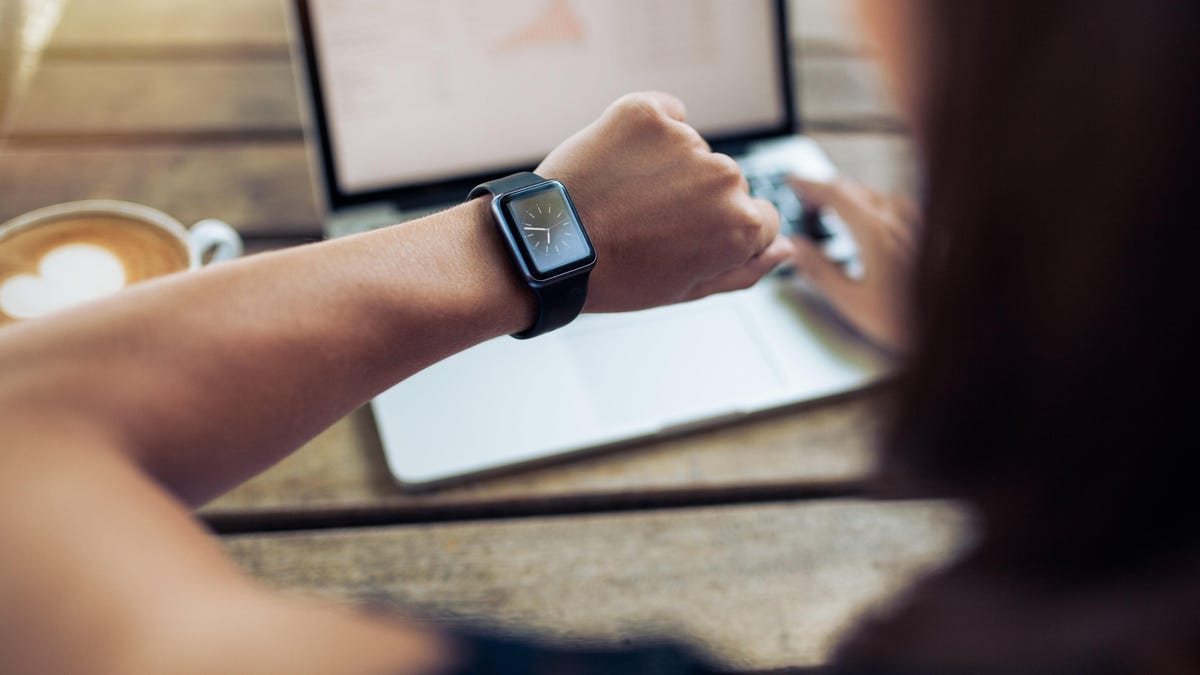Increase Your Productivity With Time Pockets

Even if you plan your entire day , you’ll notice that there are a few random chunks of time scattered throughout your schedule. If you don’t have a plan for what to do with them, they will become extremely unproductive, so start thinking about how you can maximize your productivity with your time pockets.
What are temporary pockets?
Time pockets are small blocks of time during your normal day that aren’t really occupied by anything, but can give you a lot of support when it comes to tackling big projects. Let’s say you set aside the first 45 minutes of each workday to work on email. If one day you finish in 30 minutes, you have 15 minutes. This is a pocket of time.
You can use this time to relax as you should take more breaks , but ideally you will already have breaks planned for another time. Instead, consider using these pockets to work on larger projects.
Two Ways to Use Time Pockets
The first way to use those little free minutes to get things done is to stick to the two-minute rule. This works well for unexpected periods of time, like the example above when you complete another task before its allotted time is up. Make a list of simple tasks that you could complete in two minutes, no matter how important they are – like collecting dishes from your work station or filling out a form. Whenever you suddenly find yourself with free time, go straight to your list, pick the first item, and throw it out. Whenever another simple two-minute task comes up throughout the day, add it to the list so you always have a backlog of little things to do during unplanned downtime.
Another way to use free time is to mark in your schedule when you have a short break and use it. Sometimes you will have 15 or 20 minutes between meetings or classes. Instead of looking for what you can do with them in the moment, you should take on a smaller part of a larger project. The best way to do this is to create a Kanban board or something similar, breaking down large tasks into smaller, more manageable ones. Putting smaller tasks from larger projects into those obvious time pockets in your schedule will help you stay more productive and focused throughout the day, and will also reduce your feelings of being overwhelmed when you’re working on long-term items. Instead of doing everything at once, distribute the work evenly, doing it in pockets where you have nothing else to do. In such cases, you should still rely on timeboxes to clearly record and schedule, clearly marking on your calendar that during those 15 or 20 minutes you will be working on a small task.